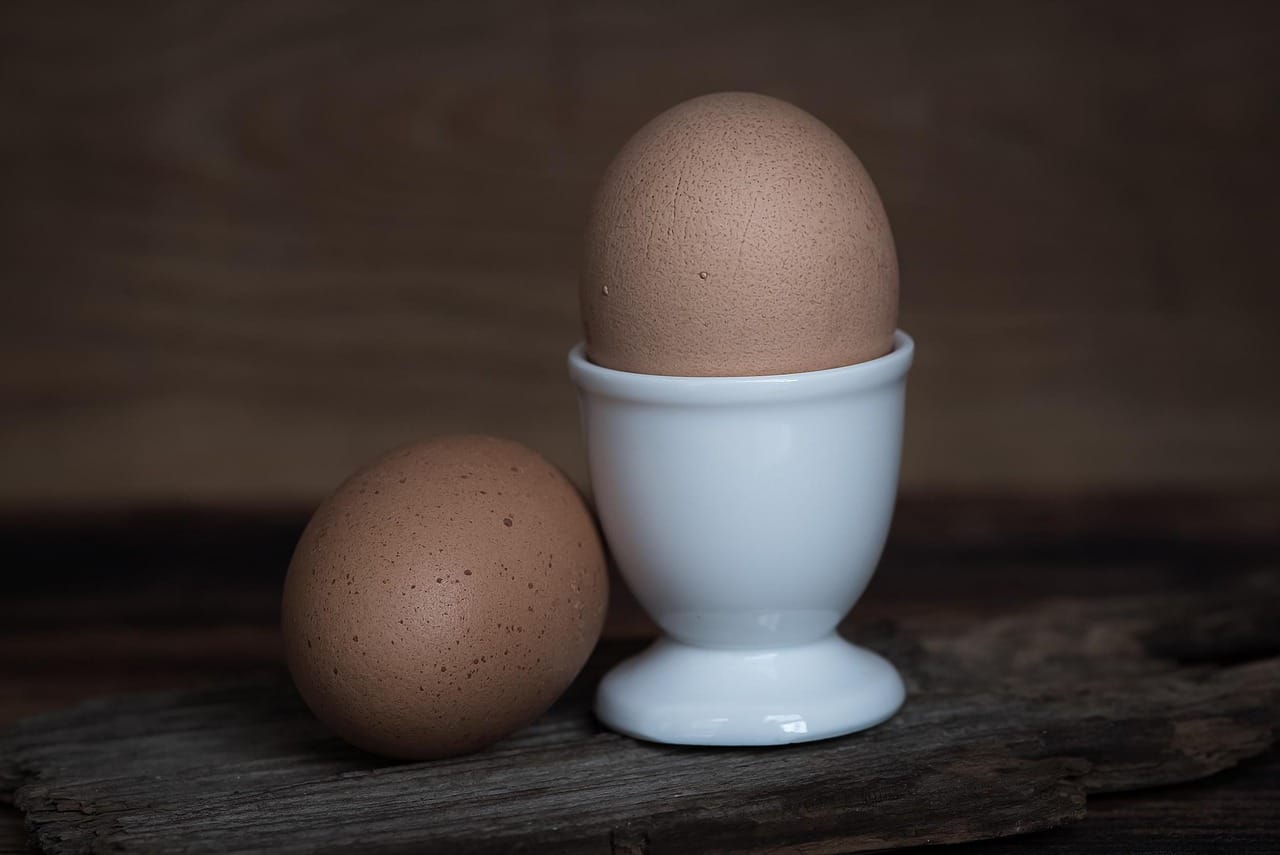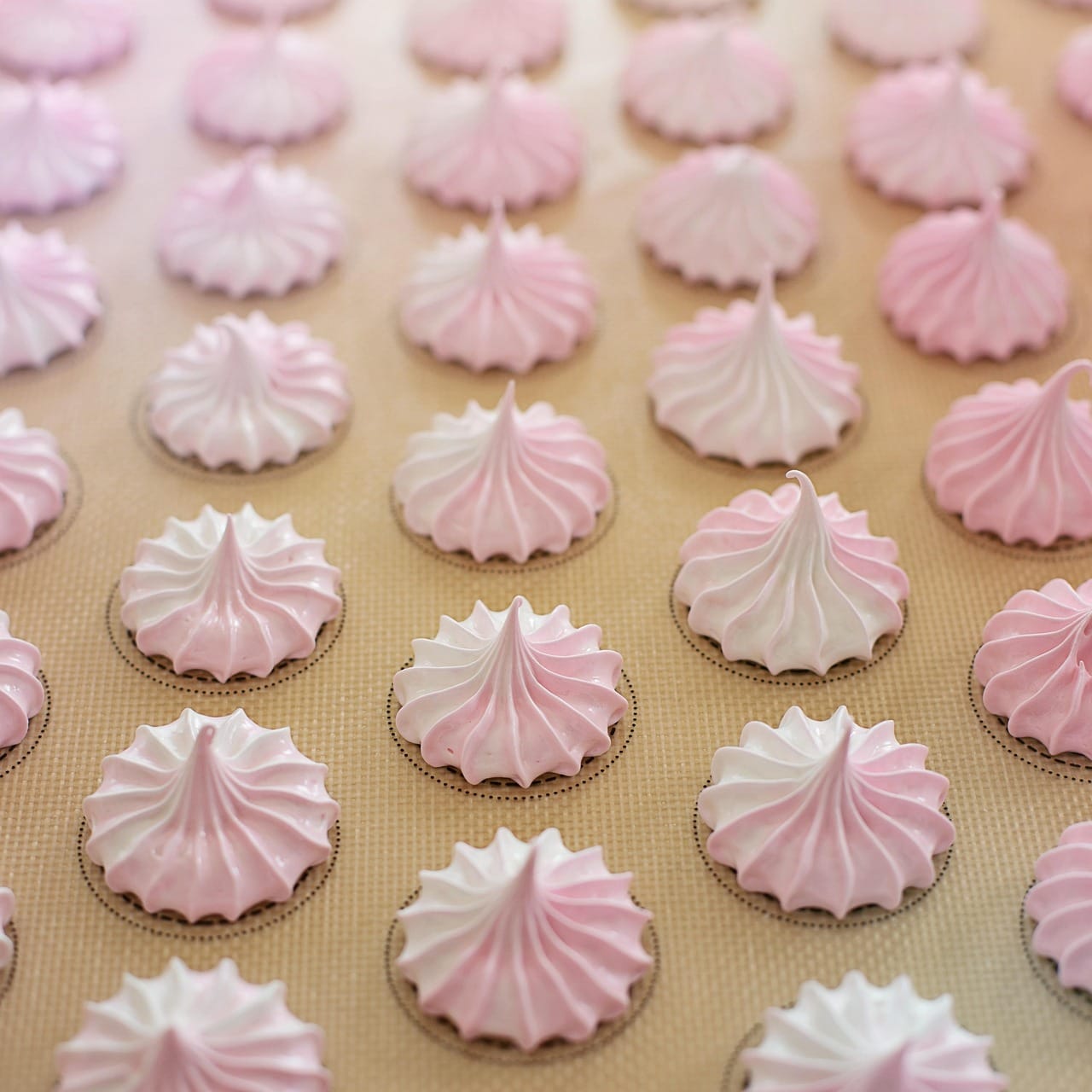Crafting the perfect cheese platter is an art form, a culinary adventure that delights both the eyes and the palate. More than just a collection of cheeses, a well-composed cheese board is a conversation starter, a focal point for gatherings, and a delightful way to explore a world of flavors and textures. From selecting the right cheeses to pairing them with complementary accompaniments, this guide will walk you through the steps to create a cheese platter that’s sure to impress.
Choosing Your Cheeses
A truly memorable cheese platter offers a diverse range of flavors and textures. Aim for variety to cater to different palates and create a balanced tasting experience.
The Cheese Family Lineup
- Soft Cheese: These cheeses are creamy and spreadable.
Examples: Brie, Camembert, Goat Cheese (Chevre), Burrata.
Pairing Notes: Honey, fruit preserves, crusty bread.
- Semi-Soft Cheese: These cheeses have a slightly firmer texture than soft cheeses.
Examples: Havarti, Fontina, Munster.
Pairing Notes: Apples, pears, nuts.
- Firm Cheese: These cheeses are solid and often aged.
Examples: Cheddar, Gruyere, Gouda, Comte.
Pairing Notes: Pickles, cured meats, crackers.
- Hard Cheese: These cheeses are typically aged for extended periods, resulting in a sharp, complex flavor.
Examples: Parmesan, Pecorino Romano, Aged Cheddar.
Pairing Notes: Dried fruit, balsamic glaze, olives.
- Blue Cheese: These cheeses are characterized by their blue or green veins and pungent flavor.
Examples: Gorgonzola, Stilton, Roquefort.
Pairing Notes: Honey, walnuts, pears.
Quantity Considerations
- Appetizer: Aim for 1-2 ounces of cheese per person.
- Main Course: Plan for 3-4 ounces of cheese per person.
- Number of Cheeses: A good starting point is 3-5 different cheeses. This allows for a range of flavors and textures without overwhelming the platter.
Assembling the Perfect Platter
Presentation is key! A visually appealing cheese platter is just as important as the taste.
Platter Essentials
- The Board: Choose a board that’s large enough to accommodate your cheeses and accompaniments without feeling overcrowded. Options include wooden boards, slate boards, marble slabs, and even large platters.
- Cheese Knives: Provide separate knives for each cheese to prevent flavor contamination. Labeling each knife or cheese is also a nice touch.
- Serving Dishes: Use small bowls or ramekins to hold accompaniments like olives, nuts, and preserves.
Arranging Your Cheese Board
- Start with the Cheeses: Place the cheeses strategically around the board, leaving space for accompaniments. Consider varying the heights of the cheeses by using small platforms or risers.
- Create a Flow: Arrange accompaniments around the cheeses in a visually appealing manner. Group similar items together to create cohesive sections.
- Color and Texture: Use a variety of colors and textures to add visual interest. For example, pair vibrant fruits with creamy cheeses, or crunchy nuts with soft cheeses.
Accompaniments: Enhancing the Flavor
The right accompaniments can elevate your cheese platter to the next level, enhancing the flavors of the cheeses and providing contrasting textures.
Sweet Sensations
- Fruit: Grapes, apples, pears, figs, berries, and dried apricots. Fruit provides a refreshing sweetness that complements the savory flavors of the cheese.
- Honey: A drizzle of honey adds a touch of sweetness and complexity.
- Jams and Preserves: Fig jam, quince paste, and fruit preserves offer a variety of flavors and textures.
Savory Delights
- Cured Meats: Prosciutto, salami, and chorizo add a salty and savory element to the platter.
- Olives: Green olives, black olives, and marinated olives provide a briny flavor that balances the richness of the cheese.
- Pickles: Cornichons, pickled onions, and other pickled vegetables offer a tangy and acidic contrast.
Crunchy Bites
- Crackers: Offer a variety of crackers, including plain, whole wheat, and flavored crackers.
- Bread: Baguette slices, crusty bread, and breadsticks are great for spreading cheese.
- Nuts: Walnuts, almonds, pecans, and pistachios add a crunchy texture and nutty flavor.
Wine and Cheese Pairings: A Match Made in Heaven
Pairing wine with cheese can enhance the overall tasting experience. Here are some general guidelines:
Classic Combinations
- Soft Cheeses: Pair with light-bodied white wines like Sauvignon Blanc or Pinot Grigio.
- Semi-Soft Cheeses: Pair with medium-bodied white wines like Chardonnay or Viognier.
- Firm Cheeses: Pair with full-bodied red wines like Cabernet Sauvignon or Merlot.
- Hard Cheeses: Pair with bold red wines like Barolo or Amarone.
- Blue Cheeses: Pair with sweet wines like Port or Sauternes.
Experiment and Explore
Don’t be afraid to experiment with different wine and cheese pairings to discover your own favorites. Consider factors like acidity, tannin, and sweetness when making your selections. Some resources suggest looking at the region where both the wine and cheese are made to find successful pairings.
Elevating Your Cheese Platter: Extra Touches
To make your cheese platter truly special, consider adding these extra touches:
- Edible Flowers: Add a touch of elegance and visual appeal with edible flowers like pansies or violets.
- Fresh Herbs: Garnish with fresh herbs like rosemary, thyme, or basil.
- Labeling: Label each cheese and accompaniment to help your guests make informed choices.
- Temperature: Allow cheeses to come to room temperature for optimal flavor.
Conclusion
Creating a cheese platter is a delightful way to express your culinary creativity and share a delicious experience with friends and family. By carefully selecting your cheeses, thoughtfully arranging your platter, and pairing them with complementary accompaniments, you can create a cheese board that is both visually stunning and incredibly delicious. Don’t be afraid to experiment and have fun!




